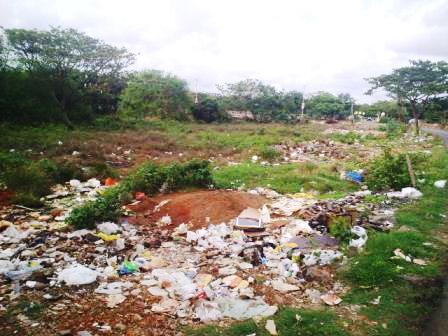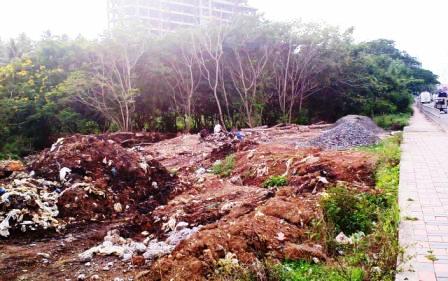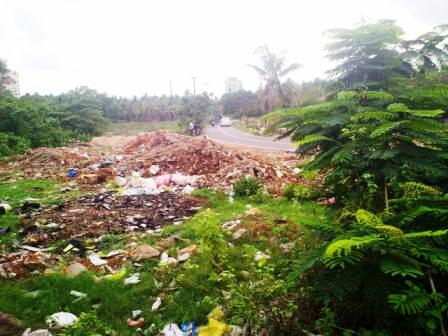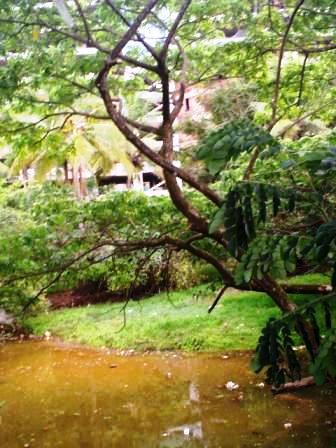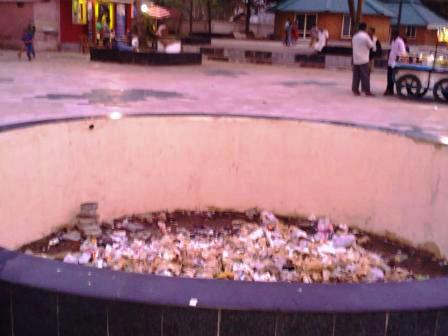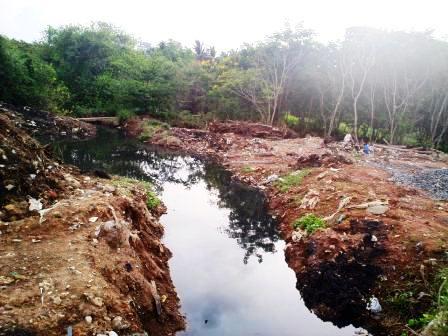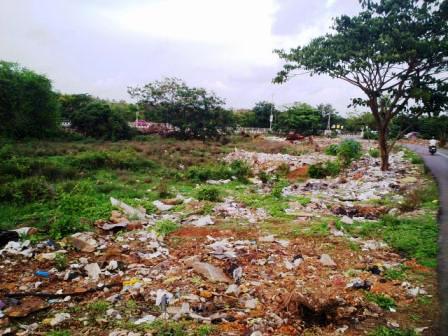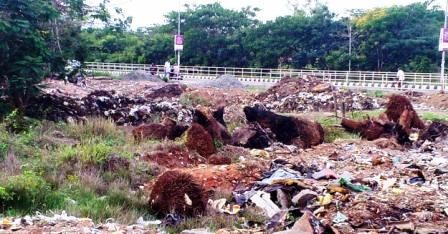As we celebrate World Environment Day on 5th of June, 2012; there are many things that matter and await resolution. The agenda ranges widely from solid waste management, proper drainage, prevention of encroachment of mangroves and wetland ecosystems, recycling of plastic wastes to mosquito eradication and so on. Mass movement for awareness creation on environment protection, community participation barring all political hijack and tripartite nexus, amidst our literate public, is the need of the hour.
Mangroves are widely lost in the city thanks to real estate development. The most important eco-balancing elements are becoming extinct, thanks to the superficial developments over the last few years.
Apart from this, unscientific waste disposal in mangrove spots is another big threat to local environment. Most importantly, all the damage is happening at the spot of national importance, Sarovaram bio-park, situated at Eranhipalam in Calicut.
It is one of the twenty seven wetlands of natural importance identified by the Government of India for conservation under National Wetland Conservation Program. Enriched with seven mangrove species, twenty nine mangrove associates and fauna, this spot was once the habitat of as many as water birds and rare creatures.
Noted environmentalist Dr.A. Achuthan said that urgent measures should be taken to protect these mangroves. First of all, the 240 acre mangrove area must be acquired and earmarked with bio fences.
A wide extent of land from Kadalundi to Payyoli was identified as mangrove ecosystem.
According to studies, eighty percent of the precious eco-balancing and water harvesting plants have either been destroyed or partially damaged due to rapid inflow in housing construction by real estate giants and through waste disposal.
Dr.A.Achuthan pointed out that a detailed report on mangroves had submitted by the district administration during the L D F rule under V.S Achuthanandan. “Although V.S took positive initiative, the concerned department didn’t take any step to implement the protective measures highlighted in the report. At present, nobody is interested in protecting this nature’s treasure. ”
Mangrove is an essential component of keeping the environment healthy, acting as water harvesting agent and fresh air producer to balance bio- diversity, say environmental experts. There are few mangroves remaining in Kozhikode, that too in prime locations like Eranhipalam bypass and Sarovaram Park.
Sarovaram bio- Park is a favorite spot for city dwellers and visitors to walk and relax.
But the polluted Canoli Canal in Calicut and the opposite plots on the way to Planetarium have been widely polluted with garbage and waste water. The beautiful pathways are deserted even in the evenings because of the foul smell of garbage dumped near by the mangroves and storage of sewage water. People residing nearby suffer these threats silently. The whole area has become a prey land for stray dogs and wild pigs etc.
It is not only the problem of Sarovaram alone; acres of mangroves are spoilt at Eranhikkal by a city based hospital firm. Environmentalists allege the local administration for supporting land mafia for the private encroachment there.
According to Dr. Achuthan, politicians, despite their difference in ideology should join together to take initiative. Mass movement for awareness creation among public on the need to protect our environment is the call of the hour.”
Vanishing mangroves, improper handling of solid waste, rapid growth in civil construction works especially along low-lying wetland areas threaten the environment of Calicut. Exploitation and encroachment of wetland ecosystems and mangroves pose serious threat to sustainable development in the city. Civil construction works, especially along low-lying wetland have been increased three or four times more than last decade.
There is big boom in construction industry, especially in the form of apartments and villas in the city; once popular for pristine mangroves and water ways. This clubbed with the lapses in town planning, drainage, scientific waste disposal and public hygiene add fuel to worsen our environment.
Although construction, especially flats, is necessary to accommodate the rising urbane population, environmentalists demand Government to regulate construction, preserving the rational balance of nature.
When huge buildings are under construction in private sector on one side, exploitation of ground water resources to meet the developing and domestic needs also surpass limits. Transport of water to various institutions is a popular sight in the city these days. It is said that requisite water to the canteen of a famous hospital in the city is met from a domestic well near Asokapuram.
The wide loss of greenery in homesteads and public places in the name of cleanliness also gives the city a dry desert look. Interlocking system is becoming synonymous with beauty and status.
Free flow of filthy water and waste disposal nearby Sarovaram Park and flooding around Planetarium and Markaz Complex questions our very concept of Green City, Clean city.
Once monsoon strikes, this dumped garbage will flow all along the flooded city and surroundings, causing serious epidemics.
While the city is facing the threat of communicable diseases like different types of fevers and dysentery, the free movement of waste and the recurring circumstances of spreading diseases really siren an alarm!
Photo Gallery: Who will save Calicut Series part 3 – Falling mangroves; rising apartments


